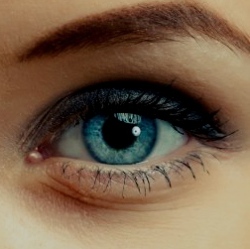
One of the largest challenges facing education is the one-size-fits-all model that most curriculums follow. For the many students who are different types of learners, visual, experiential, spatial, kinesthetic, traditional classroom learning models leave them in the dark. The information simply does not stick.
Imagine taking tests in VR with a personal guide that adapted to the learning style of each user, reading exam questions to auditory learners, or creating a more peaceful test-taking environment for those who experience testing anxiety.
Currently, different types of learners are disadvantaged in the classroom and pigeonholed as low performers. Many times, however, it has nothing to do with the intelligence of the individual. The possibilities opened by bringing VR to the classroom for these students would literally be gamechanging, grade changing.
“If I had learned science with VR, I would have been a straight A student.” – Ryan Pulliam
